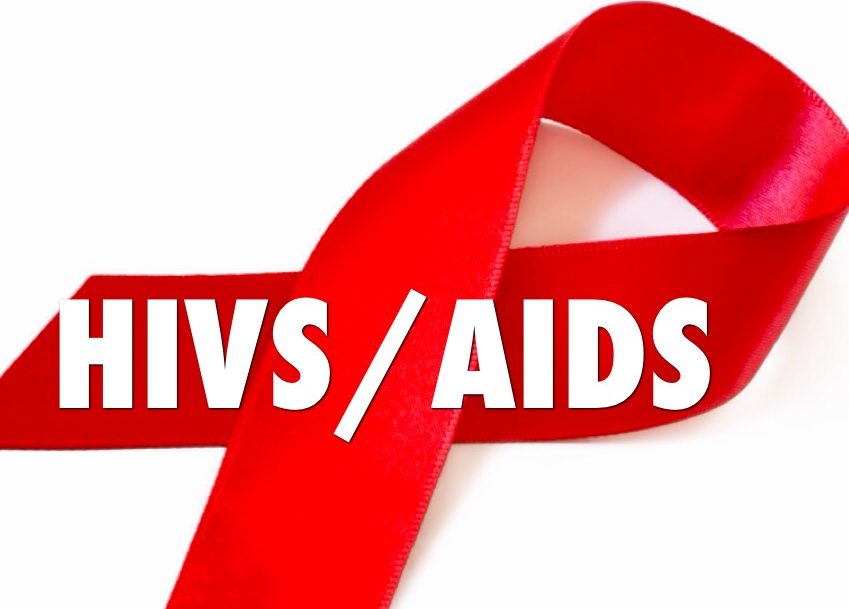So we know that Fiji has 7000 HIV cases! That’s according to the Finance Minister Professor Biman Prasad.
And this is why the Government has allocated $10million for a comprehensive approach to testing, prevention, public awareness and control of the illness. It’s a serious indication of the extent of this sickness in the country.
Prof Prasad told the parliamentary budgetary session on Friday, the HIV epidemic was a serious growing threat to Fiji.
In fact we have covered this extensively. The fact is that it deserves that much coverage anyway. We should be screaming this from the rooftops.
We should be telling everyone we know about our numbers and we should be talking about safety measures.
As Prof Prasad said: “We cannot afford to ignore this rising trend.”
“This is a very serious issue, which, if not managed well, could be a health disaster in the making.”
We know there is a very strong connection to the use of illicit drugs, especially when addicts share needles!
This is responsible for 50 per cent of the increase in cases. Then there is the mixing of blood, or blue toothing.
Prof Prasad said the Government had made it clear that safety, security and the health of Fijians were national priorities.
The principal medical officer at St Giles Hospital, Dr Sheetal Singh, said in just one year, they had seen 98 HIV cases in patients at the hospital.
Now read this: “Over the past five years, we have seen more than 120 child and adolescent cases,” Dr Singh said.
“That means these 120 cases are under 18 years of age and they have a diagnosis of mental illness.”
Speaking at the launch of the International Day Against Drug Abuse and Illicit Trafficking on Monday, she said more than 85 per cent of the 120 cases had a history of substance use.
So we do know this addiction to illicit drugs and the connection to HIV has been around for some time. We are talking about the recorded cases!
How many more cases are out there?
And how far back does this connection stretch over the years?
It brings us down to the issue of awareness and responsibility. Surely the powers that be would have known about the dangers of risky behaviour and HIV years ago!
Surely someone would have known there was a massive threat as our methamphetamine challenges grew!
Public health experts, educators, policy-makers, and community leaders must confront this reality together.
We should be considering targeted education campaigns in schools, drug rehabilitation programs that are accessible and effective, and sexual health services that are confidential and far-reaching.
Awareness is our first weapon!
We should be promoting responsibility, transparency, and action!



